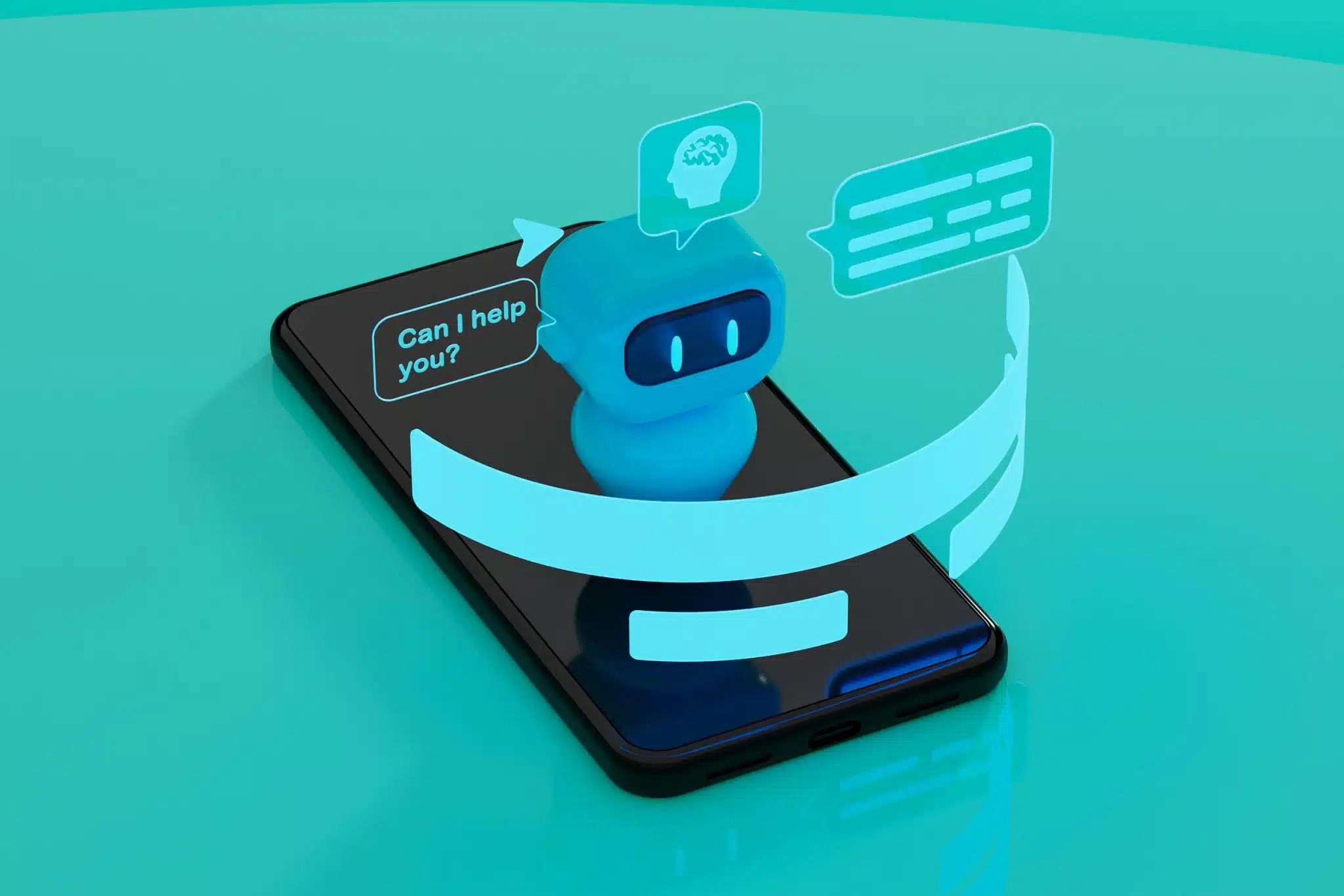Introduction
Artificial Intelligence (AI) has become an integral part of modern technology, powering everything from chatbots to complex algorithms that enhance user experiences. With the advent of easy-to-use AI development tools, even individuals with basic programming skills can now create their own AI agents. One such tool is Claude Code, which empowers developers to build AI agents efficiently. In this tutorial, we’ll guide you through building your first AI agent using Claude Code. By the end of this guide, you’ll have a functional AI agent that can perform basic tasks, and you’ll understand how to extend its capabilities further.
What is Claude Code?
Claude Code is a powerful tool designed for developers to create AI agents effortlessly. It offers a user-friendly interface and a comprehensive library, making it accessible even for beginners. The tool supports multiple AI models and provides features for training, testing, and deploying AI agents. Its robust integration capabilities allow it to work seamlessly with other developer tools, enhancing workflow efficiency.
Getting Started with Claude Code (Focus Keyword)
Before we dive into creating an AI agent, let’s set up Claude Code on your system. Follow these simple steps to get started:
Step 1: Install Claude Code
- Visit the official Claude Code website and download the latest version of the software. Ensure you choose the version compatible with your operating system.
- Run the installer and follow the on-screen instructions to complete the installation process.
- Once installed, open the application to ensure it’s working correctly.
Step 2: Set Up Your Development Environment
To build your AI agent, you’ll need a development environment:
- Ensure you have a code editor like Visual Studio Code or Sublime Text installed.
- Install Python on your system if you haven’t already, as Claude Code relies on Python libraries for AI development.
- Set up a virtual environment for your project to keep dependencies organized.
Creating Your First AI Agent
Now that you have Claude Code set up, it’s time to create your AI agent. Follow these steps to build a basic agent:
Step 1: Define Your Agent’s Purpose
Before coding, clarify what you want your AI agent to achieve. For example, you might want it to respond to user queries, analyze data, or automate repetitive tasks. Having a clear goal will guide your development process.
Step 2: Initialize Your Project
- Open Claude Code and start a new project. Name your project according to your agent’s purpose, such as “QueryResponder” or “DataAnalyzer.”
- Set the project directory within your virtual environment to keep everything organized.
Step 3: Select an AI Model
Claude Code supports various AI models. Choose one that aligns with your agent’s purpose:
- Text-based models for natural language processing tasks.
- Image-based models for visual recognition tasks.
- Custom models if you have specific requirements.
Step 4: Train Your AI Agent
Training is a crucial step in building an AI agent. Claude Code simplifies this with its built-in training tools:
- Upload your training data. Ensure the data is clean and relevant to your agent’s purpose.
- Use Claude Code’s training module to train your model. Monitor the training process and make adjustments as necessary.
- Once training is complete, test your model using test data to evaluate its performance.
Step 5: Implement AI Logic
With your trained model, it’s time to implement the logic that allows your agent to perform tasks:
- Write functions within Claude Code to interact with the AI model.
- Integrate these functions into your application, ensuring they align with your agent’s purpose.
- Test the integrated system to ensure it functions as expected.
Deploying Your AI Agent
Once your AI agent is functional and tested, the final step is deployment. Here’s how to do it:
Step 1: Choose a Deployment Platform
- For web-based applications, consider deploying on platforms like Heroku or AWS.
- For mobile applications, integrate your agent into the app and deploy it on relevant app stores.
Step 2: Monitor and Update
After deployment, continuous monitoring is essential to ensure your AI agent remains effective:
- Regularly check performance metrics and user feedback.
- Update your agent based on feedback and new data.
- Ensure that any updates to Claude Code are reflected in your deployment environment.
Real-World Applications and Takeaways
Building an AI agent with Claude Code opens a realm of possibilities. Whether you’re automating customer support, enhancing data analysis, or creating interactive chatbots, the potential applications are vast. As you become more familiar with Claude Code, you’ll discover more advanced features to expand your agent’s capabilities. Remember, the key to successful AI development is continuous learning and adaptation.

